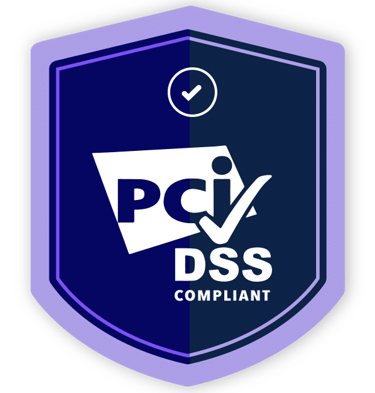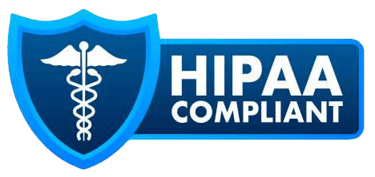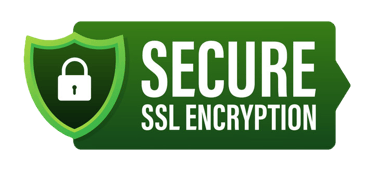Hospice Care and Medications: Related vs. Unrelated to the Terminal Illness
Learn how to differentiate between related and unrelated hospice medications under the Medicare Hospice Benefit, who covers them, and why clear documentation matters.


When a patient elects the Medicare Hospice Benefit, one of the most common questions from families and providers is: “Which medications will hospice cover?” The answer is not always simple. In hospice, coverage is not based on whether the medication is prescribed by a physician or whether the patient has been on it long-term—it is based on whether the medication is related to the terminal illness and related conditions.
Understanding the difference between related and unrelated medications is critical for:
Families trying to understand financial responsibility.
Clinicians ensuring compliance with Medicare regulations.
Hospices protecting themselves from denials or compliance findings.
This article explains how to distinguish between related and unrelated medications in hospice, why the distinction matters, and how to document these decisions.
Medicare’s Expectation: Most Medications Are Related
CMS guidance is clear: virtually all of a hospice patient’s medications should be considered related to the terminal illness and related conditions unless there is strong clinical justification otherwise. The reasoning is that terminal illness impacts the entire body system, and patients often have multiple comorbidities that influence care.
For example:
A patient admitted to hospice with congestive heart failure (CHF) may also have hypertension, diabetes, and chronic kidney disease. Even though hypertension and diabetes were present before CHF, their treatment affects the course of the terminal condition. Medications for these comorbidities are generally considered related.
A patient with metastatic cancer may also have COPD. While the cancer is the principal hospice diagnosis, COPD medications are often related because they directly affect comfort and respiratory status.
The default assumption should be that medications are related unless carefully reviewed and documented otherwise.
Related Medications: What Hospice Covers
Hospice is responsible for covering medications that:
Directly treat the terminal illness.
Example: Opioids for cancer pain, diuretics for end-stage heart failure.
Treat related conditions that contribute to or result from the terminal illness.
Example: Antihypertensives in a patient whose blood pressure management impacts heart failure.
Promote comfort or palliation of symptoms.
Example: Antiemetics for nausea, laxatives for opioid-induced constipation.
Examples of Related Medications
Morphine for pain or shortness of breath.
Furosemide for CHF.
Insulin for a patient with terminal illness complicated by diabetes.
Bronchodilators for a patient with end-stage lung disease.
Antidepressants if depression is significantly impacting the patient’s comfort and quality of life.
Unrelated Medications: When Hospice May Not Cover
Unrelated medications are those that:
Treat conditions not impacting or affected by the terminal illness.
Are not expected to affect comfort, symptom control, or quality of life in the hospice context.
Examples of Unrelated Medications
Topical acne medications for a patient on hospice for CHF.
Statins prescribed for long-term cardiovascular risk reduction in a patient with advanced dementia.
Vitamin supplements with no bearing on comfort or symptom management.
Disease-modifying agents with no palliative value (e.g., chemotherapy aimed at cure in a patient who has transitioned to comfort-focused care).
In these cases, the patient or another payer (such as Part D) may be responsible for covering the cost, provided the hospice documents and communicates why the medication is unrelated.
The Documentation Imperative
When a hospice decides a medication is unrelated, the reasoning must be clearly documented in the clinical record. This protects the agency from regulatory risk and ensures transparency with patients and families.
Documentation should include:
The terminal diagnosis.
The role of the medication.
Why it does not impact symptom management or the trajectory of the terminal illness.
Confirmation that the patient/family has been educated about coverage responsibilities.
For example:
“Patient admitted with end-stage COPD. Simvastatin deemed unrelated as it does not contribute to current symptom management or impact disease trajectory. Family educated that this medication will remain under Part D coverage.”
The Role of the Interdisciplinary Group (IDG)
The IDG plays a vital role in medication review. At admission and ongoing recertifications, the team should:
Review the full medication list.
Identify which drugs are related/unrelated.
Document the rationale.
Communicate with the patient, family, and prescribing physicians.
Regular review is essential, as what is considered unrelated at one point may later become related. For example, an antidepressant initially considered unrelated may later be recognized as important for quality of life.
Communication with Families
Families often feel confused or frustrated when certain medications are no longer covered. Clear communication is key. Hospice staff should:
Explain the principle that hospice covers medications related to the terminal illness and comfort.
Provide written documentation of which medications are covered and which are not.
Help coordinate with the pharmacy or Part D plan for unrelated prescriptions.
When families understand that hospice is focusing resources on medications that directly affect comfort, the decision often makes more sense.
Practical Tips for Differentiating Medications
Ask: Does this medication treat or relieve symptoms connected to the terminal illness or related conditions? If yes, it’s related.
Ask: Would stopping this medication negatively impact comfort, function, or disease progression in the hospice context? If yes, it’s related.
Ask: Is this medication primarily preventive or long-term risk reduction? If yes, it’s often unrelated.
Use clinical judgment and IDG consensus. Some decisions fall in gray areas and require collaborative discussion.
Reassess regularly. As disease progresses, the relevance of medications changes.
Why Getting It Right Matters
For patients/families: Prevents surprise billing and confusion.
For hospices: Ensures compliance with CMS expectations. Incorrectly classifying medications as unrelated may trigger denials or survey citations.
For clinicians: Clarifies treatment priorities and avoids polypharmacy that may not add value at end of life.
Conclusion
Differentiating between related and unrelated medications in hospice is a nuanced process, but the guiding principle is clear: most medications should be considered related unless there is strong clinical justification otherwise.
The hospice must cover medications that manage the terminal illness, related conditions, or symptoms affecting comfort. Only medications with no bearing on the terminal diagnosis or palliation can be deemed unrelated—and even then, careful documentation and family communication are essential.
Need Help with Medication Reviews?
Making accurate determinations about related vs. unrelated medications can be challenging. If your hospice is facing survey scrutiny, payer audits, or difficulties with medication coverage reviews, HealthBridge Consulting can help.
We specialize in compliance support for hospices, including medication list reviews, ADR (Additional Documentation Request) preparation, and staff training on CMS expectations. With expert guidance, your hospice can remain compliant while focusing on what matters most—delivering compassionate, patient-centered care.
Contact HealthBridge Consulting today for support with hospice medication compliance and ADR management.







